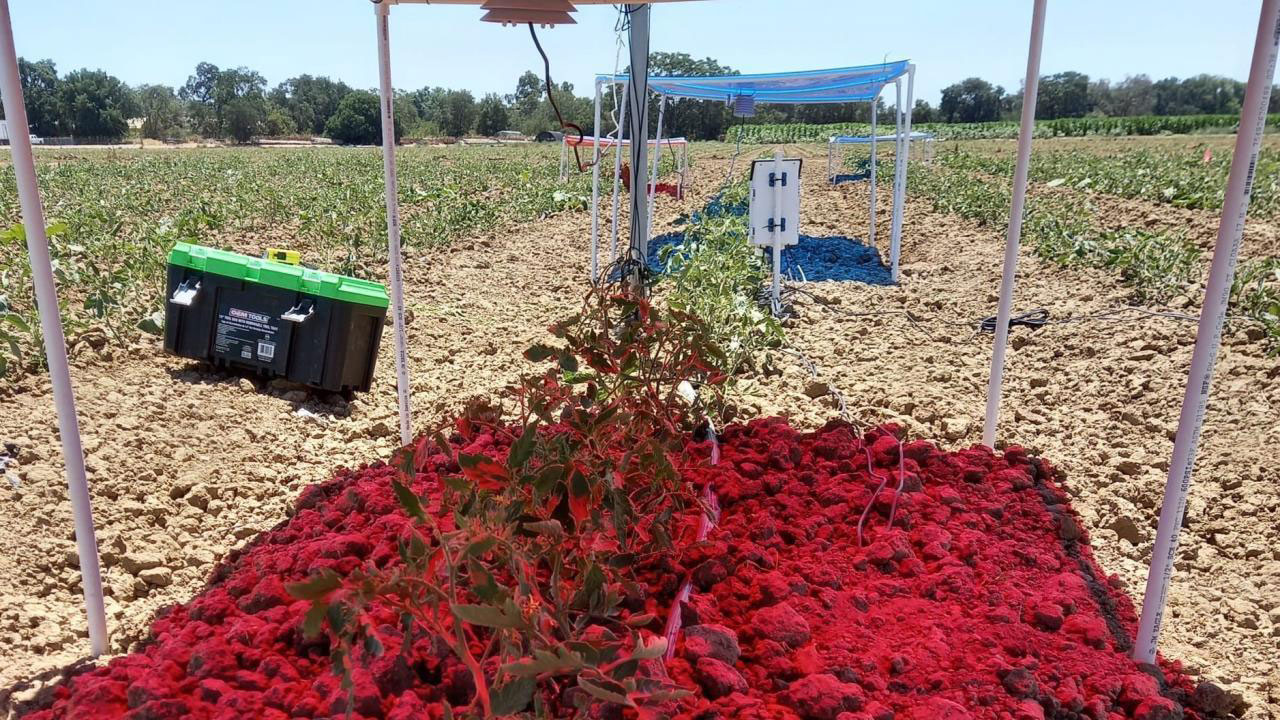
The global demand for food is expected to grow substantially by 2050. Humanity’s growing appetite for food and energy is placing unprecedented yield targets on our lands.
Now, a team of researchers from the University of California, Davis, is investigating how to better harvest the sun and its optimal light spectrum to make agrivoltaic systems more efficient in arid agricultural regions like California. The study found that the red part of the light spectrum is more efficient for growing plants, while the blue part of the spectrum is better used for solar production.
For their study, researchers developed a photosynthesis and transpiration model to account for different light spectra. The model reproduced the response of various lights, including lettuce, basil, and strawberry, to different light spectra in controlled lab conditions. A sensitivity analysis suggested the blue part of the spectrum is best filtered out to produce solar energy, while the red spectrum can be optimized to grow food.
The team tested their model on tomato plants at UC Davis agricultural research fields in collaboration with UC Davis Assistant Professor Andre Daccache from the Department of Biological and Agricultural Engineering. In an era of shrinking viable land, understanding how plants respond to different light spectra is a key step toward designing systems that balance sustainable land management with water use and food production, the study noted.
“We cannot feed 2 billion more people in 30 years by being just a little more water-efficient and continuing as we do,” said corresponding author Majdi Abou Najm. “We need something transformative, not incremental. If we treat the sun as a resource, we can work with shade and generate electricity while producing crops underneath. Kilowatt-hours become a secondary crop you can harvest.”
The analysis of the most important crop and environmental variables (irradiance, air temperature, humidity, and CO2 concentration) shows that plant response to different light treatments is sensitive to environmental boundary conditions and is species-specific. Therefore, further research is necessary to assess which crops and climates are more suitable to optimize the proposed food-water-energy nexus.
The results could help guide global interest in agrivoltaics and identify potential applications for those systems.
Journal reference:
- Matteo Camporese, and Majdi Abou Najm. Not All Light Spectra Were Created Equal: Can We Harvest Light for Optimum Food-Energy Co-Generation? Earth’s Future, 2022; DOI: 10.1029/2022EF002900
Researchers investigate harvesting light to grow food and clean energy together
Source: Tambay News

0 Comments